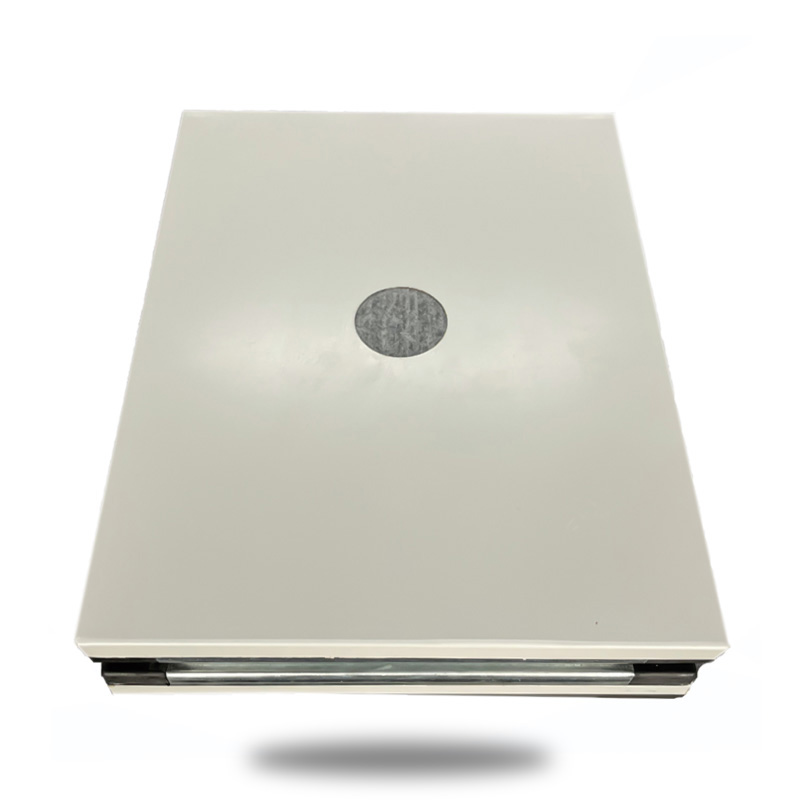

Clean room panels come in various types, each serving s […]
Clean room panels come in various types, each serving specific functions within clean room environments. Here are some common types of clean room panels:
Modular wall panels form the primary structure of clean rooms, creating partition walls that define the clean room's footprint. These panels are typically constructed using materials such as steel, aluminum, or composite materials with smooth, non-porous surfaces. They often feature interlocking joints or tongue-and-groove connections for easy assembly and airtight sealing. Modular wall panels may incorporate windows, pass-through ports, or utility channels to accommodate equipment and facilitate airflow management.
Ceiling panels cover the overhead space of clean rooms, providing a barrier against airborne contaminants and supporting lighting fixtures, HVAC (Heating, Ventilation, and Air Conditioning) components, and other utilities. Ceiling panels are designed to integrate seamlessly with modular wall panels, ensuring a continuous clean room enclosure. They may incorporate access panels or service hatches for maintenance purposes and can be equipped with built-in lighting systems or air diffusers to optimize environmental control.

Floor panels form the bottom surface of clean rooms, providing a level and durable foundation for equipment, personnel, and process activities. Clean room floor panels are engineered to withstand heavy loads, resist abrasion, and facilitate easy cleaning. They may feature anti-static properties to prevent electrostatic discharge and can be designed with integrated air plenums for controlled air distribution and particle removal. Floor panels are often constructed from materials such as epoxy-coated steel, vinyl, or high-pressure laminate (HPL).
Access panels and doors allow personnel, equipment, and materials to enter and exit the clean room while maintaining cleanliness and integrity. These panels and doors are designed to seal tightly when closed, preventing the ingress of contaminants. They may feature mechanisms such as magnetic latches, pneumatic seals, or interlocking systems to ensure airtight closure. Access panels and doors can be integrated into modular wall panels or installed as standalone units at designated entry points.
In addition to standard wall, ceiling, and floor panels, clean room environments may require specialized panels to meet specific requirements. These may include panels with fire resistance, sound insulation, chemical resistance, or radiation shielding properties, depending on the nature of the processes conducted within the clean room. Specialized panels are tailored to the unique needs of each clean room application, ensuring optimal performance and safety.
By understanding the different types of clean room panels available, designers and facility managers can select the appropriate components to create customized clean room environments that meet their cleanliness, functionality, and regulatory compliance requirements.
Our new models offer superb design;competitive prices and their new features give them distinct advantages over similar products from other manufacturers.